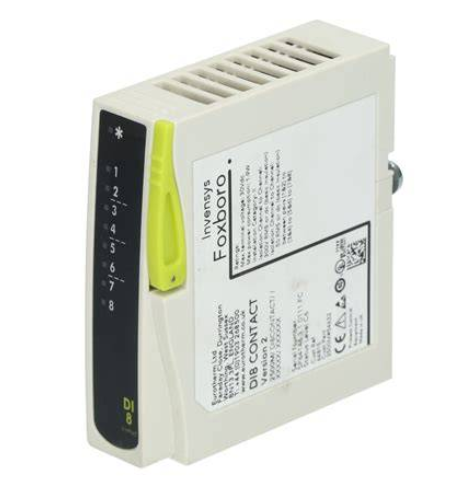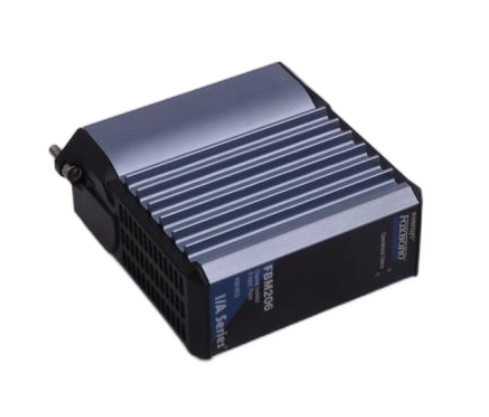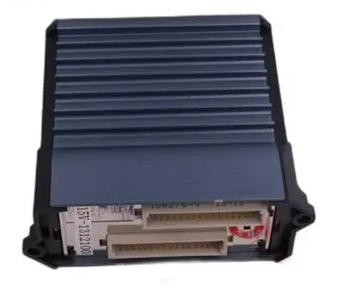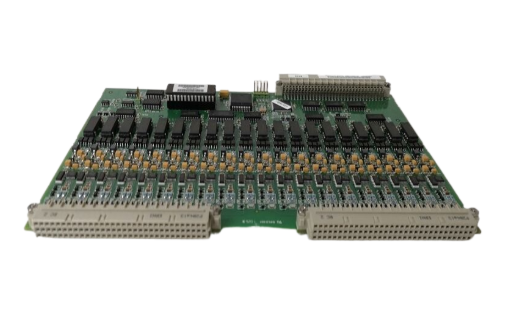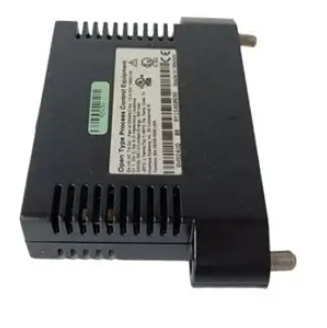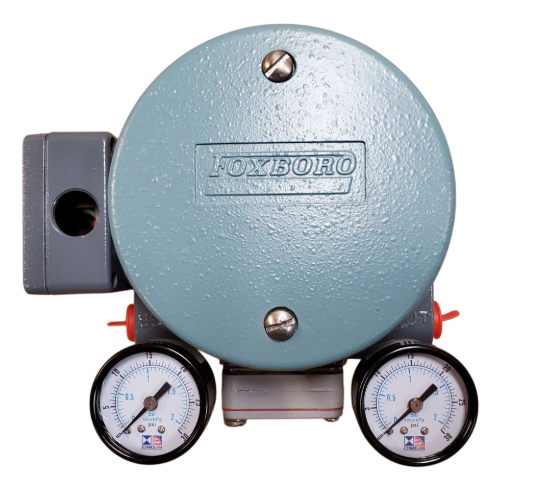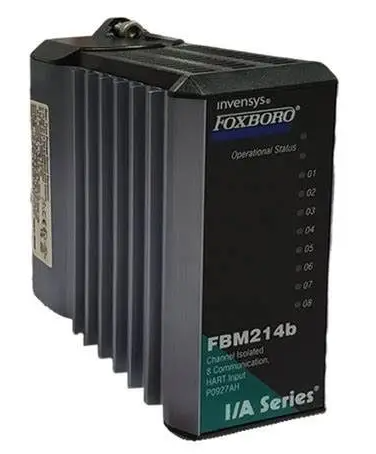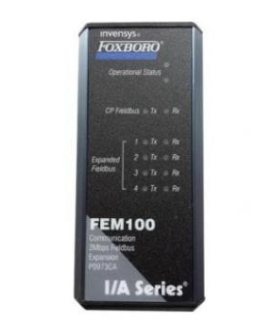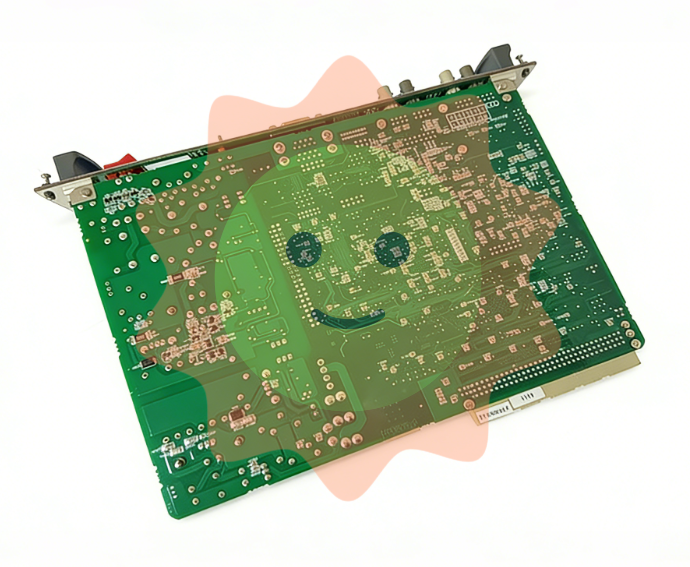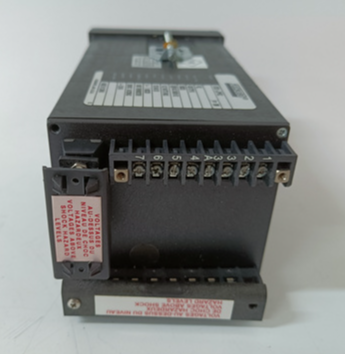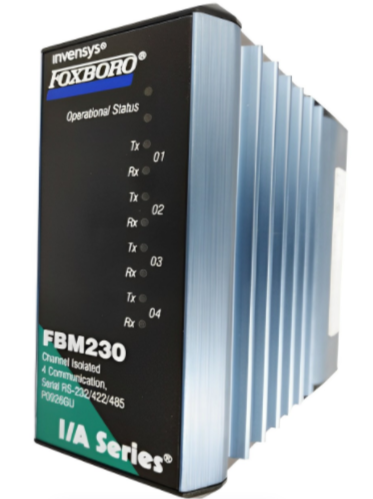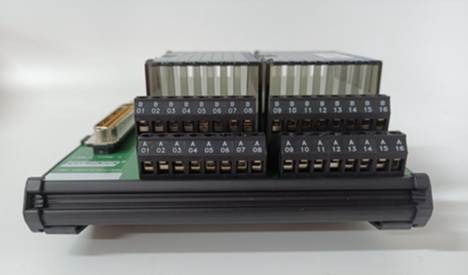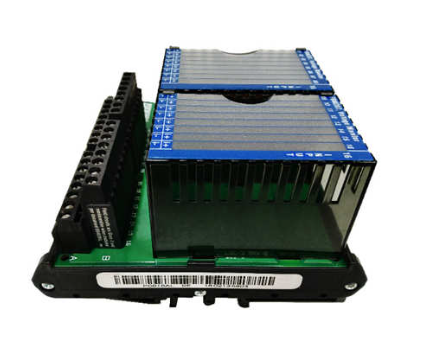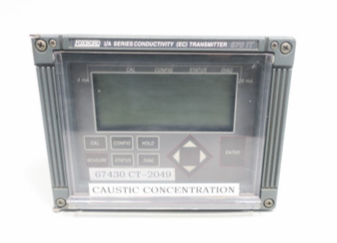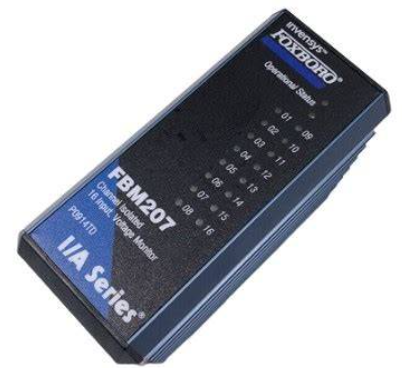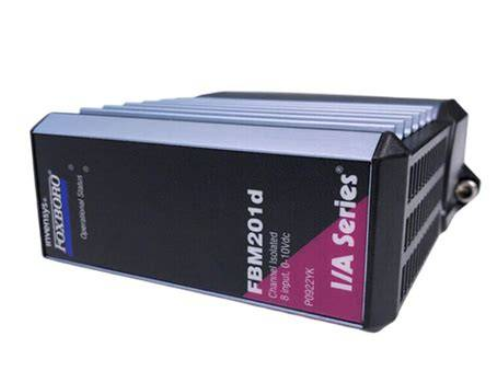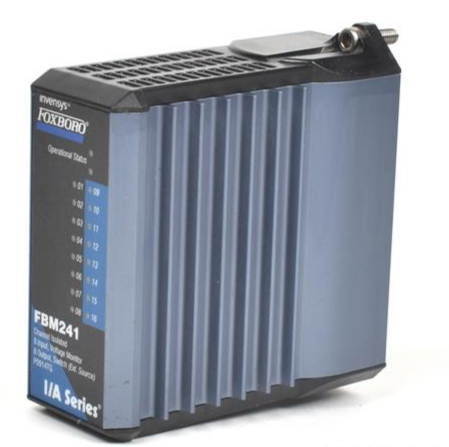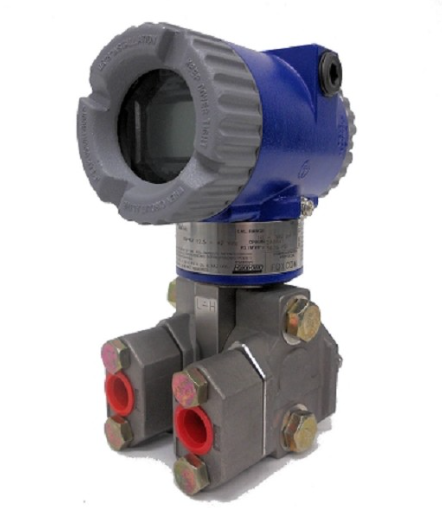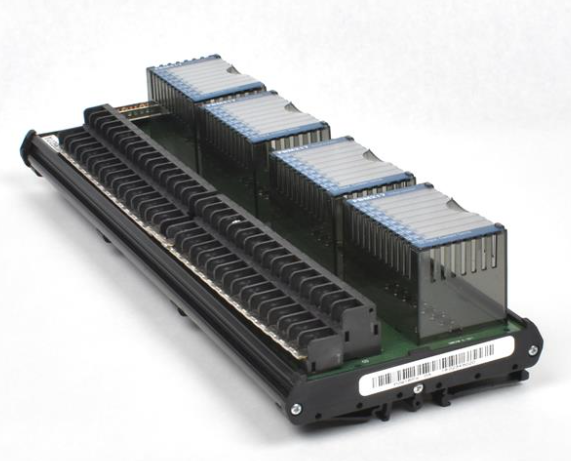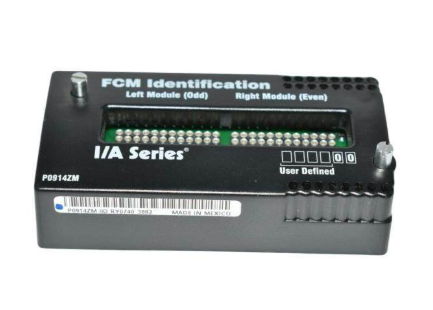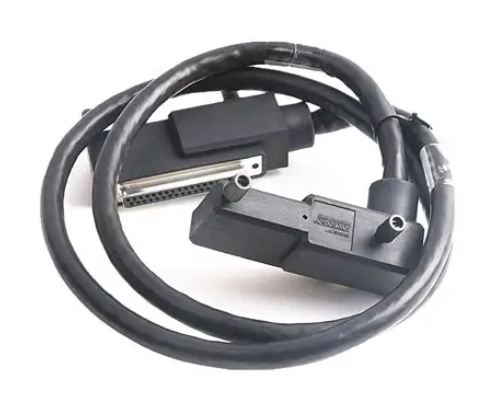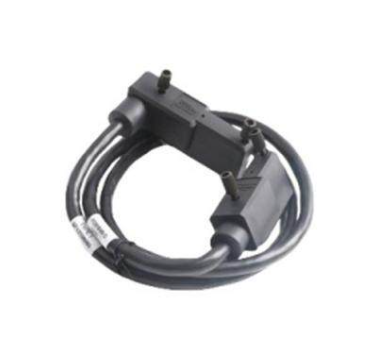Yokogawa SC200 Intelligent Two Wire Conductivity Transmitter System (IM12D08B01-01E)
High range (SC211G): Hot water+detergent is used for ordinary pollution, 5-10% dilute hydrochloric acid is used for lime/hydroxide, and sodium hypochlorite solution is used for algae (mixing hydrochloric acid with sodium hypochlorite is prohibited);
Cleaning cycle: Determine based on the degree of solution contamination. Low range (<200 μ S/cm) may not be cleaned for a long time, while high range (>200 μ S/cm) requires regular inspection.
O-ring replacement: The sealing O-ring (located at the union nut/fixing screw) needs to be checked regularly, and it is recommended to replace it every 6 months in high-temperature solution scenarios to avoid solution leakage.
(2) Transmitter maintenance
Transparent window (polycarbonate material): Clean with a soft cloth or neutral detergent, and do not use organic solvents;
Data backup: After setting the parameters, it is recommended to record key data (electrode constant, reference temperature, compensation coefficient) to avoid power loss.
2. Troubleshooting
The system outputs error codes through self diagnosis. Common faults and their solutions are as follows:
Error code, fault cause, solution measures
Err.1 electrode polarization (pollution, wear, corrosion) cleaning electrode; If the error persists after cleaning, replace the electrode assembly.
Err.2 temperature coefficient calculation abnormality (incorrect reference temperature conductivity input by setting stage). Re measure the solution conductivity at the reference temperature and recalculate after inputting correctly.
Err.3 standard solution calibration deviation>20% (standard solution concentration error or electrode failure). Confirm the standard solution concentration and recalibrate; If there are repeated errors, replace the electrode.
Err.5 conductivity exceeds the limit (the selected detector range does not match). Select a new detector based on the solution conductivity (low range → SC210G-A, medium range → SC210G-B, high range → SC211G-C).
Err.7/8 temperature exceeds the limit (solution temperature is too high/too low) or temperature sensor malfunction. Check the solution temperature and wait for it to recover to the allowable range; If the temperature is normal, check the sensor wiring or replace the sensor.
Err.10 EEPROM malfunction (abnormal internal storage of transmitter), power outage and restart; If it is ineffective, contact after-sales maintenance.
Err.17 output range setting error (4mA corresponds to conductivity ≥ 60% × 20mA value) Reset the range to ensure that 4mA value<60% × 20mA value.
Spare parts and compliance
1. Key spare parts list
Component spare parts model/specification usage
Replace the faulty electrode components of SC210G electrodes K9208EA (SC210G-A) and K9208JA (SC210G-B) to ensure electrode constant matching.
SC211G electrode K9208BD (electrode constant 10 cm ⁻¹) high range detector dedicated electrode replacement.
Seal O-ring K9050AT to prevent detector interface leakage, and replace regularly in high temperature scenarios.
Replace the scratched or contaminated transparent window of transmitter window K9311JN to ensure clear display.
Install brackets K9149SA (pipeline), K9149SB (wall), K9311KA (panel) for transmitter installation and fixation, suitable for different installation scenarios.
2. Compliance Statement
Explosion proof certification: SC200S intrinsic safety type complies with IECEx and ATEX standards and needs to be used in conjunction with designated safety barriers (BARD400);
Grounding requirements: Non explosion proof systems must comply with JIS Class 1 grounding, while explosion proof systems must be separately equipped with intrinsic safety circuit grounding (resistance ≤ 10 Ω);
Cable specifications: Explosion proof system cable inductance ≤ 2.2 mH, capacitance ≤ 35 nF. It is recommended to use CEV-S cable (up to 700m) or CVV-S cable (up to 350m).
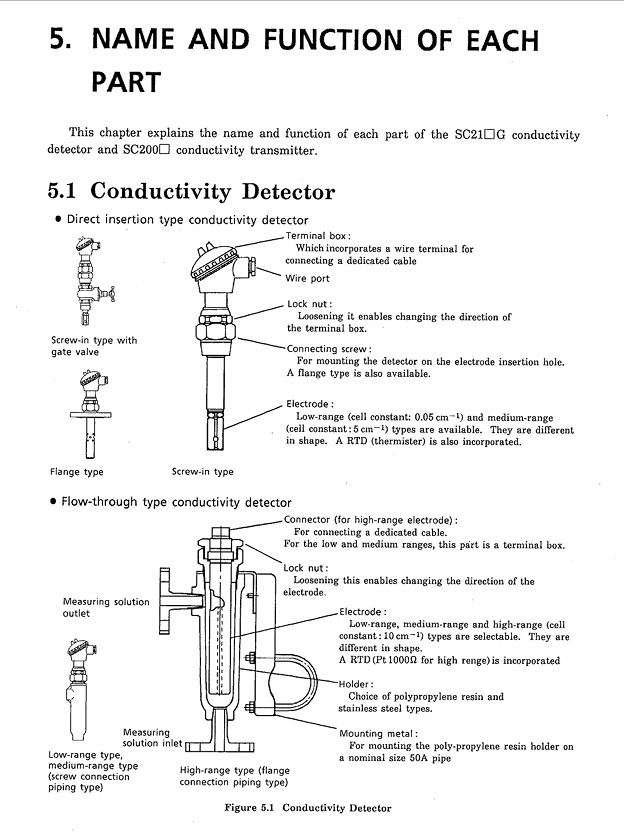
- EMERSON
- Honeywell
- CTI
- Rolls-Royce
- General Electric
- Woodward
- Yaskawa
- xYCOM
- Motorola
- Siemens
- Rockwell
- ABB
- B&R
- HIMA
- Construction site
- electricity
- Automobile market
- PLC
- DCS
- Motor drivers
- VSD
- Implications
- cement
- CO2
- CEM
- methane
- Artificial intelligence
- Titanic
- Solar energy
- Hydrogen fuel cell
- Hydrogen and fuel cells
- Hydrogen and oxygen fuel cells
- tyre
- Chemical fiber
- dynamo
- corpuscle
- Pulp and paper
- printing
- fossil
- FANUC
- Food and beverage
- Life science
- Sewage treatment
- Personal care
- electricity
- boats
- infrastructure
- Automobile industry
- metallurgy
- Nuclear power generation
- Geothermal power generation
- Water and wastewater
- Infrastructure construction
- Mine hazard
- steel
- papermaking
- Natural gas industry
- Infrastructure construction
- Power and energy
- Rubber and plastic
- Renewable energy
- pharmacy
- mining
- Plastic industry
- Schneider
- Kongsberg
- NI
- Wind energy
- International petroleum
- International new energy network
- gas
- WATLOW
- ProSoft
- SEW
- wind
- ADVANCED
- Reliance
- YOKOGAWA
- TRICONEX
- FOXBORO
- METSO
- MAN
- Advantest
- ADVANCED
- ALSTOM
- Control Wave
- AB
- AMAT
- STUDER
- KONGSBERG
- MOTOROLA
- DANAHER MOTION
- Bently
- Galil
- EATON
- MOLEX
- Triconex
- DEIF
- B&W
- ZYGO
- Aerotech
- DANFOSS
- KOLLMORGEN
- Beijer
- Endress+Hauser
- MOOG
- KB
- Moxa
- Rexroth
- YAMAHA
- Johnson
- Westinghouse
- WAGO
- TOSHIBA
- TEKTRONIX


Email:wang@kongjiangauto.com

